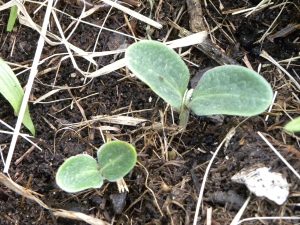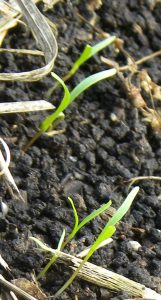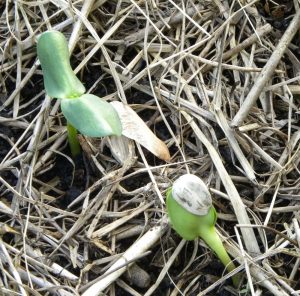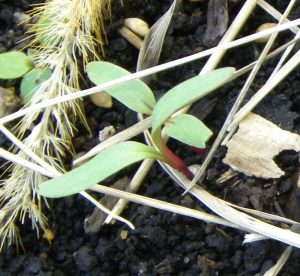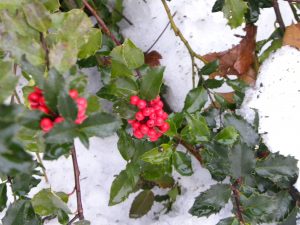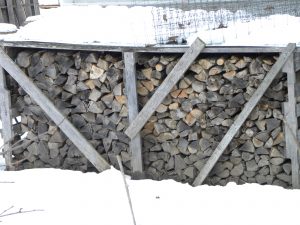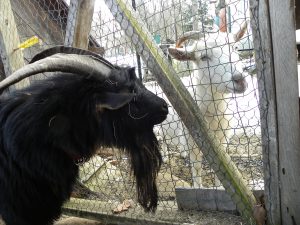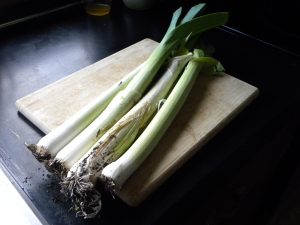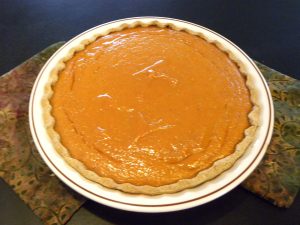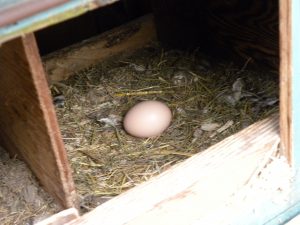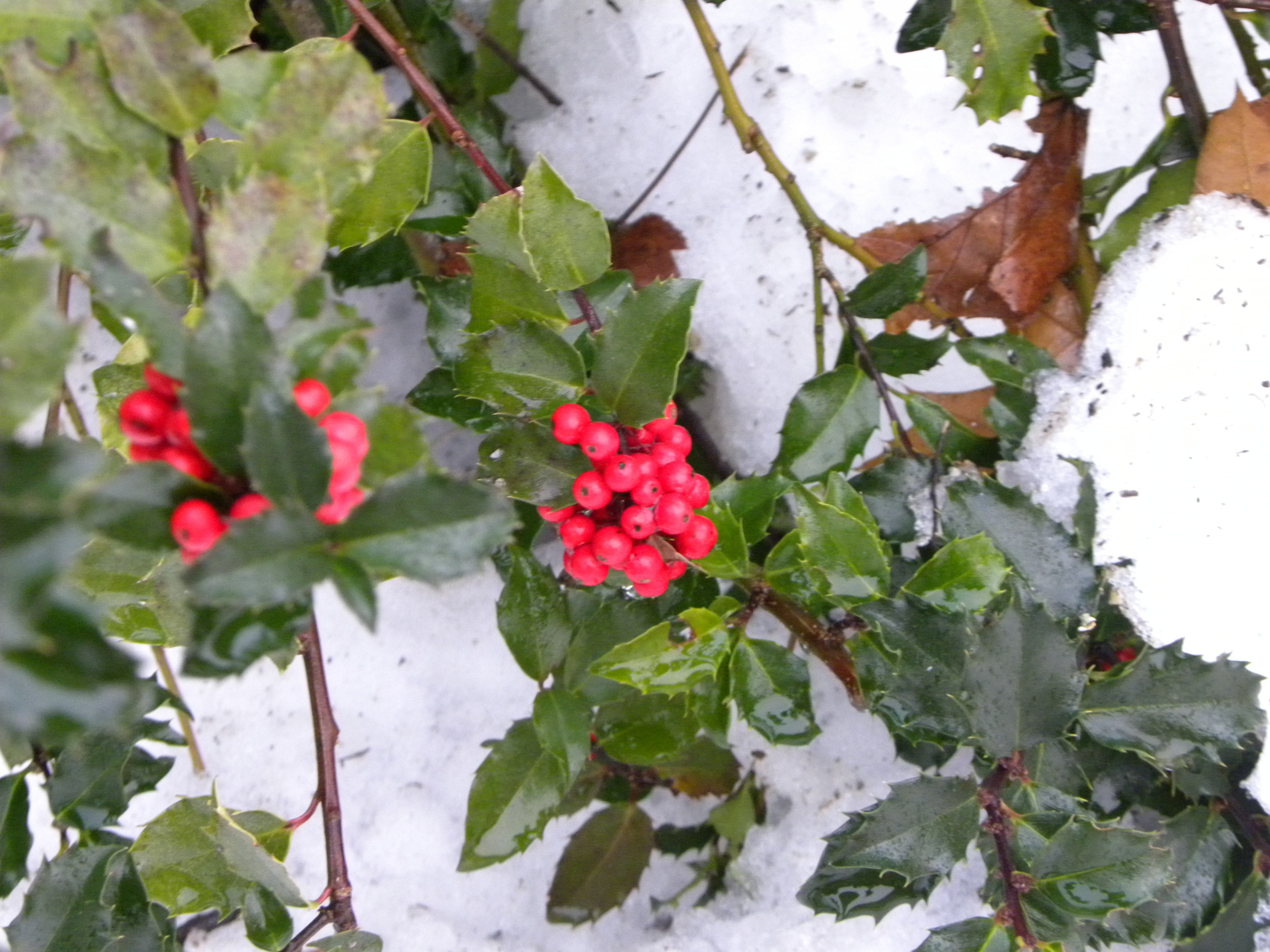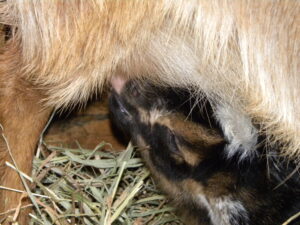I admit it – I don’t love record keeping and have not
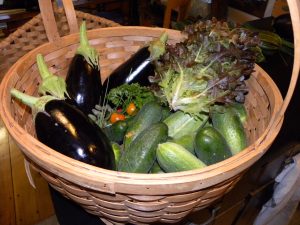
Summer Harvesting
always been conscientious about it, especially for garden produce. When the picking and preserving season is here, who has time to weigh and take notes?
But this year, partly inspired by this blog, I set up a scale and a notebook and tracked what came in. And now, after a few long hours of data entry, I have my final tallies from the past season of growing.
This helps me exercise the first principle of permaculture: Observe and Interact and the fourth principle: Apply Self-Regulation and Accept Feecback. I can see what worked, what we struggled with, how my experimenting panned out and come to my 2019 planning more informed.
Let’s start with problems and what we didn’t grow enough of.
Seedling Trouble
Last winter I played with my seed starting mix, adding homemade products to the commercial mix. I am sure there must be a way to make my own on site rather than buying it in plastic bags, but I have not found it yet. So, my eggplant and brassica starts were not as healthy as usual. Then we had the cool start to the summer, so my eggplant never took off only yielding 5 pounds from the
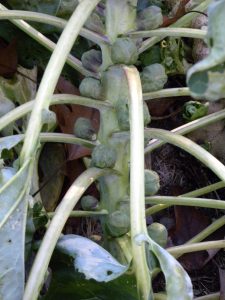
Beautiful Brussel Sprouts
few plants that did survive. The brassicas, who love cool weather, did better. The 10 kale and collard plants bounced back giving me 23 ½ pounds between the two of them. I got 9 pounds of broccoli from 8 plants, 4 pounds of brussel sprouts from 4, and 1 pound of cauliflower from 2.
Rodents and Other Pests
I previously discussed this year’s excessive rodent populations. We saw the results primarily in the root crops and fruits.
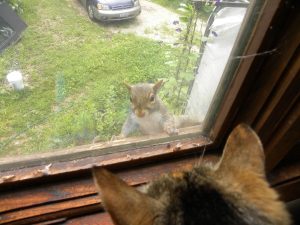
Bold Squirrel Tormenting the Cat
Our peaches were hardest hit, being carried off while still rock hard by huge, bold squirrels. We picked 40 pounds of peaches, but should have had at least 4 times that. I can and dry a lot of fruit so can easily use a few hundred pounds, which this year I had to buy off-farm and not organically grown.
I planted 12 ½ pounds of potatoes in the spring and we harvested 69 ½ in the fall. That’s a 5.5 to 1 ratio, which isn’t terrible, but I have done much better (up to 18 to 1). The voles taking about 25% of the crop was a factor. There were other reasons for the low yield. In an effort to outsmart the Colorado potato beetles I have been planting late – May 23 in 2018. It has worked – I didn’t see any beetles – but I think the reduced growing season is causing more loss than the beetles ever did. Also, we had a slight drought last summer which potatoes suffer from.
Roots
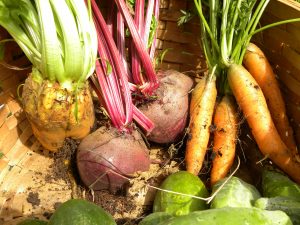
Root Crops
For my carrots, beets and parsnips my first problem was germination. I planted a bed of carrots which didn’t come up at all in late May. I blame the cool spring soil (ideal soil temp for carrots is 75F), and my difficulty keeping the bed moist enough for their long germination. And then, the voles took 25%, even of the parsnips. I did end up with 22 pounds of carrots, 10 pounds of parsnips and 12 pounds of beets, but planted enough to have gotten double that.
The Cold Spring
Tomatoes came to 36 pounds from 8 plants. The slow start to the season meant they stayed green much later than usual, shortening the season. And, we lost a lot to the chipmunks, believe it or not, who climbed up the cages to gnaw on and steal them.
A Disease
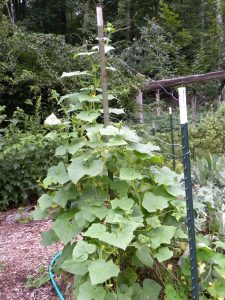
Our Cukes Could Have Done Better
This year, our cucumbers contracted what looked like bacterial wilt so we lost some leaves and vines on our 10 plants. We still brought in 27 pounds, which was enough to eat plenty of cucumber salads (I slice the cukes thin and use in the place of lettuce) and to make a year’s supply of lactofermented pickles.
And…
We only harvested a few heads of lettuce. Old seeds made for few plants, and the voles ate a surprising number of their roots. Anyone else see that?
Our 3 pounds of sugar snap peas were not enough for us. I only planted one 4 foot row, which I will increase this year.
Successes
Maybe we learn more from our failures, but let’s still examine what did work for more clues.
Spring started with rhubarb, and our 10 plants are starting to thrive at a couple of years old giving me 15 pounds easily.
Garlic did great for us, as usual. The big beautiful crop gave us 105 garlic scapes, and 147 heads or 23 pounds of 4 varieties.
Beans were a big producer.
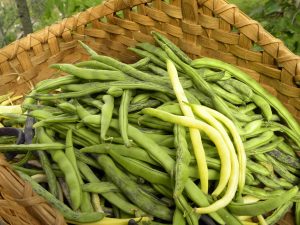
Snap Bean Harvest
I planted bush snap beans 3 times over the season for continuous harvest in 5’ x 3’ beds. I also did an early planting of pole snap beans, about one 6’ row trained up a fence. The end result was 118 pounds of produce. I love fresh beans (roasted in olive oil with garlic and onions with cheese melted on top), I was happy to freeze some, and the goats were wild about the overgrown ones, so none of it went to waste. However, I did a lot of picking leaning over in the heat so might grow less this year.
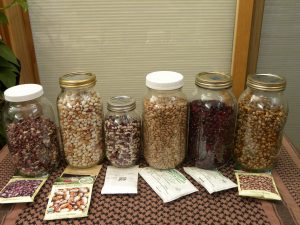
Homegrown Dried Beans
As for dry beans, I planted a total of about 20’ of 5 varieties and now have 15 ½ pounds in my cupboard. I’m pleased, but think I’ll do even more this year. Protein from the garden that dries on the vine and stores for years at room temperature – awesome! Plus, when you grow from seed there are so many more options than you can buy commercially, just like with potatoes.
It was an amazing squash year, as I have marveled at in previous posts. With 161 pounds of summer squash from 10 plants we had enough to share with the animals. Then there was the winter squash. I plant these wild, vining space-hogs throughout our orchards and train them into areas we haven’t planted – paths, fields, up into trees. There were 7 varieties, something like 30 plants and we ended up with 1,010 pounds. It seemed like an overwhelming, never-ending supply, far more than I was planning on and we had to scramble to find places to store it. But, we’ve been making great use of it, especially since it makes an excellent winter food supplement for the goats and the chickens. We have started to lose some to rot. Nearly every one of them had been damaged at least a little bit by gnawing critters so we knew they wouldn’t keep as long as usual.
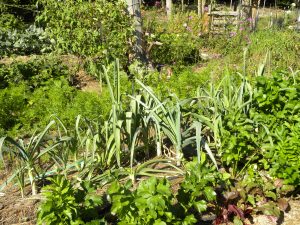
Leeks in the Late Summer Garden
For some reason, I struggle to grow onions on this property but leeks do extremely well here. I pulled 84 leeks, totaling 48 pounds. The harvest season began on September 24 and didn’t finish up until December 22, growing sweeter and sweeter as winter set in. Yum!
Our basil was prolific at 17 ½ pounds from about a dozen plants, making a lot of delicious pesto. I overdid it with 81 radishes or 7 pounds of them. Our currant crop was our best yet at 18 pounds which I made into jams and jellies.
All of this bounty lasts us through much of the year and accounts for at least 75% of our fruit and vegetable intake.
Winter is a perfect time to have this information to review as I plan for our next garden and start seeds.
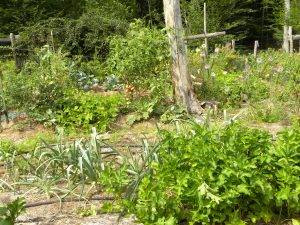
Remembering the Summer Garden
